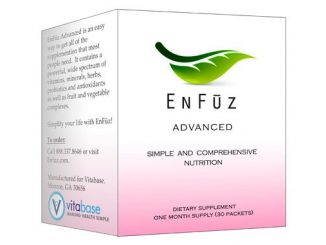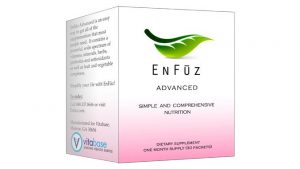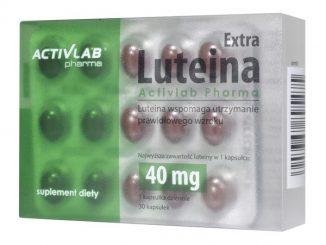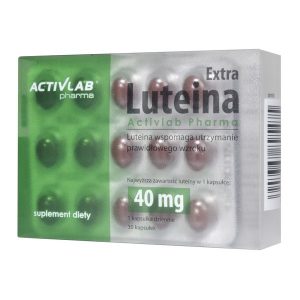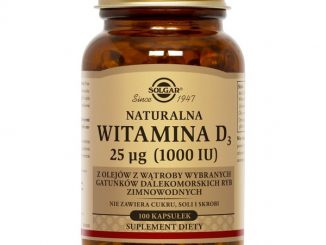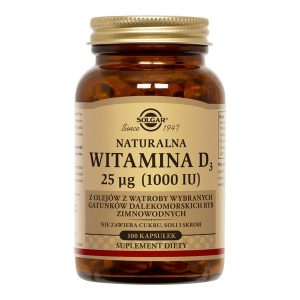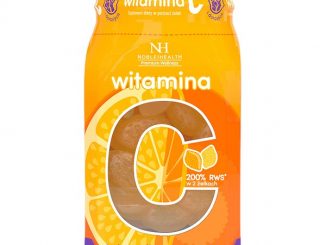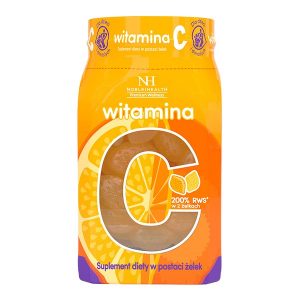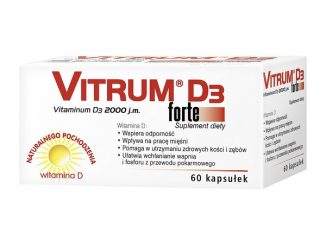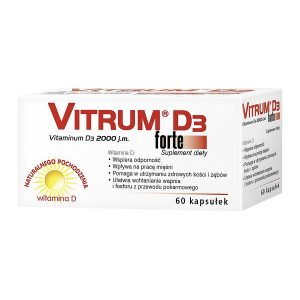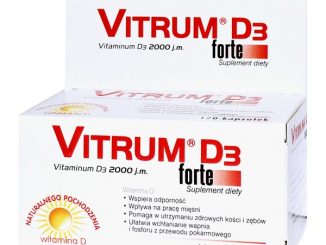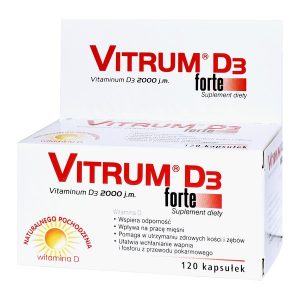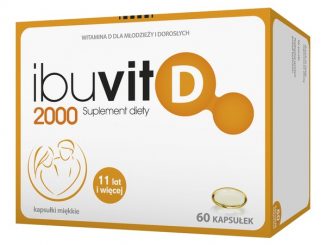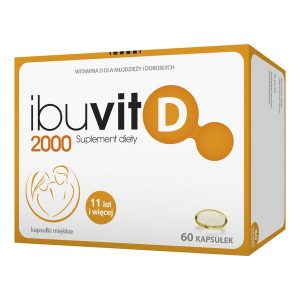The properties of Safflower
Safflower (Carthamus Tinctorius) is a highly branched, herbaceous, thistle-like annual plant. It is commercially cultivated for vegetable oil extracted from the seeds and was used by the early Spanish colonies along the Rio Grande as a substitute for saffron.
Safflower seed oil is flavorless and colorless, and nutritionally similar to sunflower oil. It is used mainly in cosmetics and as a cooking oil, in salad dressing, and for the production of margarine. INCI nomenclature is Carthamus Tinctorius.
There are two types of safflower that produce different kinds of oil: one high in monounsaturated fatty acid (oleic acid) and the other high in polyunsaturated fatty acid (linoleic acid). Currently the predominant edible oil market is for the former, which is lower in saturated fats than olive oil.
In Traditional Chinese Medicine, dried petals of safflower are considered as a warm herbal medicine related to the Heart and Liver Meridians; the major characteristic of safflower is to improve blood circulation. Safflower is used in situations such as menstrual cramps, amenorrhea, poor blood circulation (of mothers) after child birth, bruise because of external injuries, bodily “aggregates” like lumps and tumors, etc. It is advised to avoid the use of safflower during pregnancy.


























































